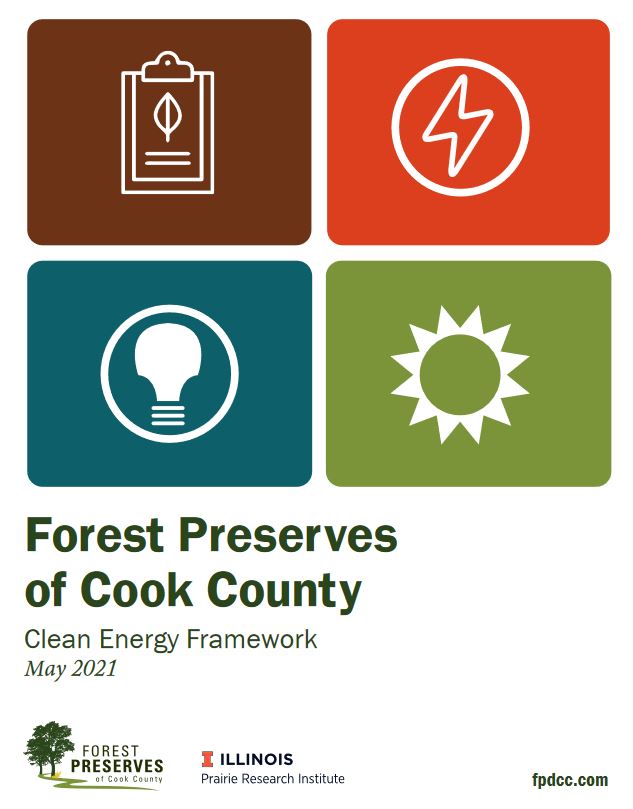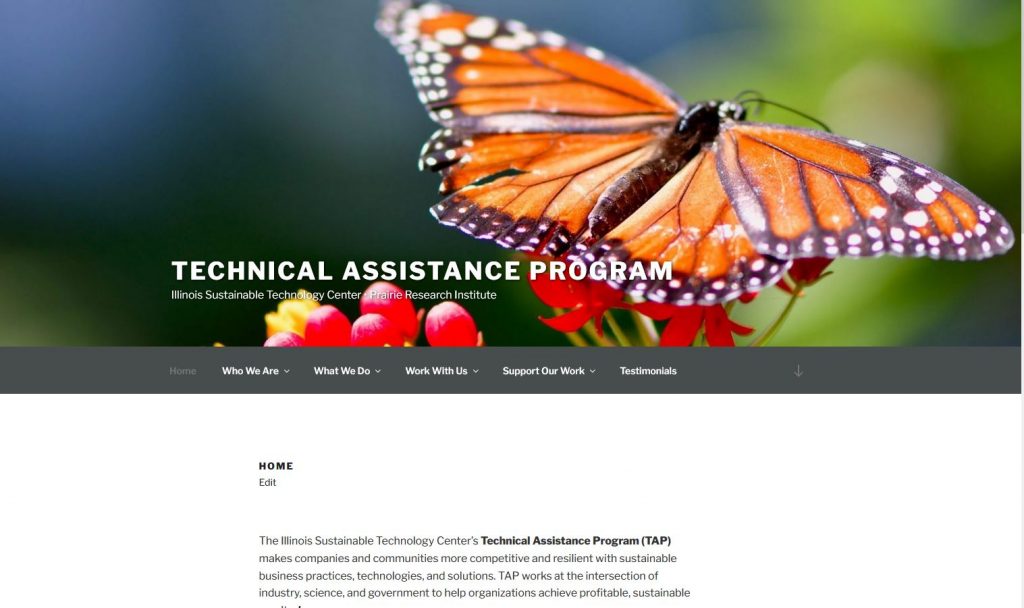US EPA is hosting virtual feedback sessions to solicit input on new Bipartisan Infrastructure Law initiatives on end-of-life battery collection and labeling. A recent session was held on 6/15/22; in case you missed that, register for a similar session June 30, 2022 from 11:30 AM to 12:30 PM Central Time at https://www.zoomgov.com/webinar/register/WN_izu6yTpXTYG2Pjr6mystag. If you require accommodations, please send an email to: meetings@erg.com.
This session will cover two EPA initiatives under development:
- Battery collection best practices that are feasible for tribal, state, and local governments, environmentally sound for waste management workers, and increase the recovery of critical minerals.
- Battery labeling guidelines to improve battery collection including by:
- identifying collection locations,
- promoting consumer education about battery collection and recycling, and
- reducing the improper disposal of batteries and associated fires.
EPA is seeking feedback on:
- What types of batteries should EPA include in the best practices for collection (e.g., small consumer batteries, electric vehicle and grid storage batteries, industrial batteries, etc.)?
- What are the current barriers to safe and effective battery collection and recycling?
- What practices exist to improve battery collection and recycling, especially to increase the safe recovery of critical minerals?
- What types of communication and outreach activities are most useful to reach key battery stakeholders?
- What existing labeling programs should EPA use to inform a new labeling program?
Who should attend?
The session is open to all stakeholders involved in the battery lifecycle, including:
- battery manufacturers,
- battery retailers,
- battery recyclers,
- consumers and businesses that purchase batteries,
- companies in the electric vehicle management chain, and
- tribal, state, and local government agencies.
Why should I attend? Participants will have the opportunity to inform EPA’s development of best practices and guidelines for end-of-life battery collection and labeling.
EPA will also provide an opportunity to provide written feedback. For additional information, including how to submit written feedback, visit: https://www.epa.gov/rcra/battery-collection-best-practices-and-voluntary-battery-labeling-guidelines. You can also sign up for EPA updates: www.epa.gov/recyclingstrategy/forms/stay-connected.
More information about EPA’s Bipartisan Infrastructure Law work:
- EPA, The Bipartisan Infrastructure Law Transforming U.S. Recycling and Waste Management: epa.gov/rcra/bipartisan-infrastructure-law-transforming-us-recycling-and-waste-management
- White House, Building a Better America, A Guidebook to the Bipartisan Infrastructure Law for State, Local, Tribal, and Territorial Governments, and Other Partners (specifically, EPA Solid Waste Management and Recycling Grant information on pages 446-449): www.whitehouse.gov/wp-content/uploads/2022/01/BUILDING-A-BETTER-AMERICA_FINAL.pdf
This post originally appeared on the Sustainable Electronics Initiative blog, a topical blog maintained by ISTC Technical Assistance Program staff.



